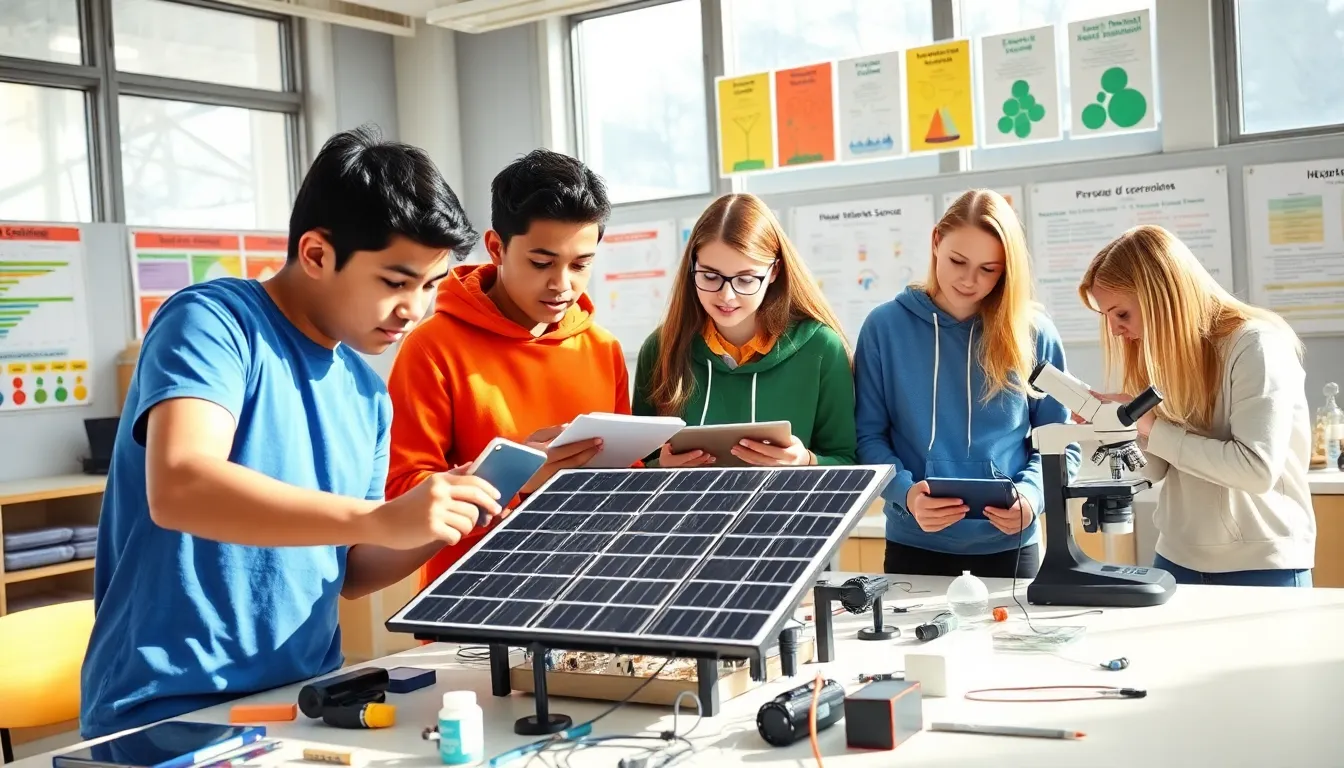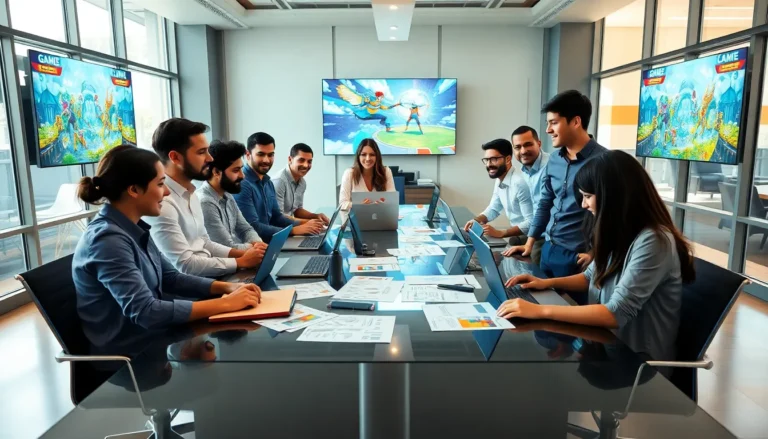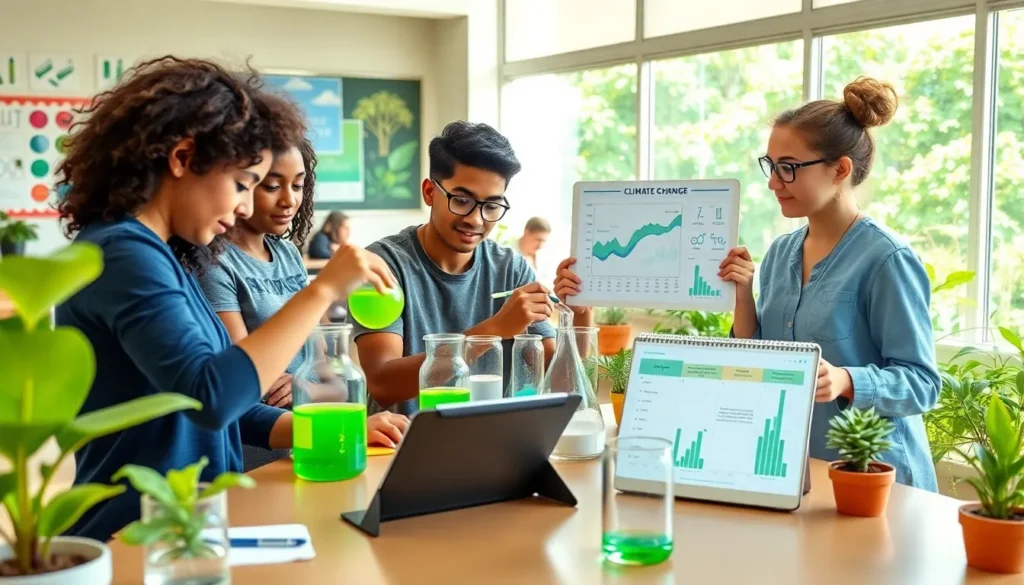Table of Contents
ToggleIn an era marked by rapid scientific advancement and interdisciplinary collaboration, integrated science has emerged as a vital educational framework. Unlike traditional approaches, integrated science weaves together concepts from various scientific disciplines, offering a holistic view of the natural world. This article explores the core components, significance in education, real-world applications, and the challenges ahead for integrated science, particularly highlighting how platforms like Redwebzine can enhance this educational paradigm.
Overview of Integrated Science

Integrated science is an approach to education that encourages the blending of different scientific disciplines to foster a deeper understanding of complex phenomena. This method contrasts sharply with traditional science teaching, which often compartmentalizes disciplines such as biology, chemistry, and physics. By breaking down these silos, integrated science promotes critical thinking, problem-solving, and collaborative skills that are essential in today’s interconnected world.
The concept of integrated science hinges on several educational philosophies including constructivism, which posits that learners construct knowledge through experience, and inquiry-based learning, which encourages students to ask questions and seek answers through experimentation. In integrated science, students engage with real-world problems, which not only solidifies their learning but also illustrates the relevance of scientific inquiry in everyday life.
Key Components of Integrated Science
The foundation of integrated science rests on several key components, each playing a critical role in creating a cohesive learning experience:
- Interdisciplinary Approach: Integrated science involves the synthesis of knowledge from disciplines like biology, chemistry, physics, earth science, and environmental science. This interdisciplinary focus enables students to explore topics from multiple perspectives, deepening their comprehension.
- Hands-on Learning: Practical experience is a staple of integrated science curricula. Students often engage in lab activities, experiments, and projects that allow them to apply theoretical concepts in real-world contexts.
- Collaborative Learning: Working in teams promotes skills such as communication, teamwork, and leadership. Integrated science projects frequently require students to collaborate, mimicking real-world scientific research environments.
- Inquiry-Based Learning: This component allows students to learn through exploring questions and conducting experiments. Students develop hypotheses, gather data, and draw conclusions, simulating the scientific process.
- Technology Integration: Utilizing digital tools and resources, such as simulations and online databases, enhances the learning experience. Technology also helps students access a wide range of scientific literature and tools to aid their understanding.
Importance of Integrated Science in Education
The significance of integrated science in education cannot be overstated. As scientific problems grow increasingly complex, the ability to think across disciplinary lines becomes essential.
- Encouraging Critical Thinking: Integrated science enhances students’ analytical skills. When students are faced with multifaceted problems, they learn to approach them critically, evaluating various perspectives and solutions.
- Fostering Engagement: Integrated science often involves real-world issues, such as climate change or public health crises. This relevance can boost student motivation and interest in science.
- Preparing for STEM Careers: Many career paths today demand a solid understanding of multiple scientific disciplines. Integrated science equips students with the skills and knowledge necessary for success in fields such as engineering, environmental science, and healthcare.
- Cultivating Lifelong Learning: By teaching students how to learn and solve problems collaboratively, integrated science encourages a love of discovery that can last a lifetime.
Applications of Integrated Science in Real-World Scenarios
Integrated science has practical applications that extend into various real-world scenarios:
- Environmental Science: Understanding ecosystems requires knowledge of biology, chemistry, and earth science. Integrated science enables students to grasp the complexities of environmental challenges like pollution, biodiversity loss, and climate change.
- Healthcare: In fields like epidemiology, integrated science plays a crucial role. Knowledge of biology, chemistry, and social sciences helps professionals understand and address public health issues more effectively.
- Engineering Solutions: Engineers often collaborate with scientists across disciplines to develop innovative solutions to societal challenges, such as renewable energy technologies. Integrated science education prepares students for these collaborative environments.
- Disaster Management: In crisis situations, a multidisciplinary understanding is vital. Integrated science helps professionals analyze and respond to disasters by considering factors from various scientific realms, facilitating effective problem-solving.
Challenges and Future Directions of Integrated Science
While integrated science offers numerous benefits, it also faces certain challenges:
- Curricular Design: Establishing a cohesive curriculum that truly integrates disciplines can be daunting. Educators often grapple with creating lessons that balance depth with breadth without overwhelming students.
- Teacher Preparation: Not all educators are trained to teach in an interdisciplinary manner. Professional development is crucial for teachers to effectively deliver integrated science education.
- Assessment Methods: Traditional testing methods may not accurately reflect students’ understanding of integrated concepts. Developing new assessment approaches that evaluate critical thinking and problem-solving skills is essential.
- Resource Allocation: Schools must invest in resources and materials that support integrated science programs, which can be a barrier in underfunded educational systems.
As the field evolves, future directions may include increased collaboration between educators and scientists, online platforms that support integrated learning experiences, and innovative technologies that help hands-on learning.
Conclusion
Summarizing, integrated science is more than a teaching methodology: it’s a pathway to cultivating a generation of critical thinkers and problem solvers. By emphasizing collaboration, inquiry, and real-world relevance, integrated science fits seamlessly into modern education. As institutions embrace this integrated approach, supported by innovative platforms like Redwebzine, they prepare students for a future where scientific literacy is paramount. Addressing the challenges ahead will be essential, ensuring that integrated science continues to thrive and adapt in an ever-changing world.







